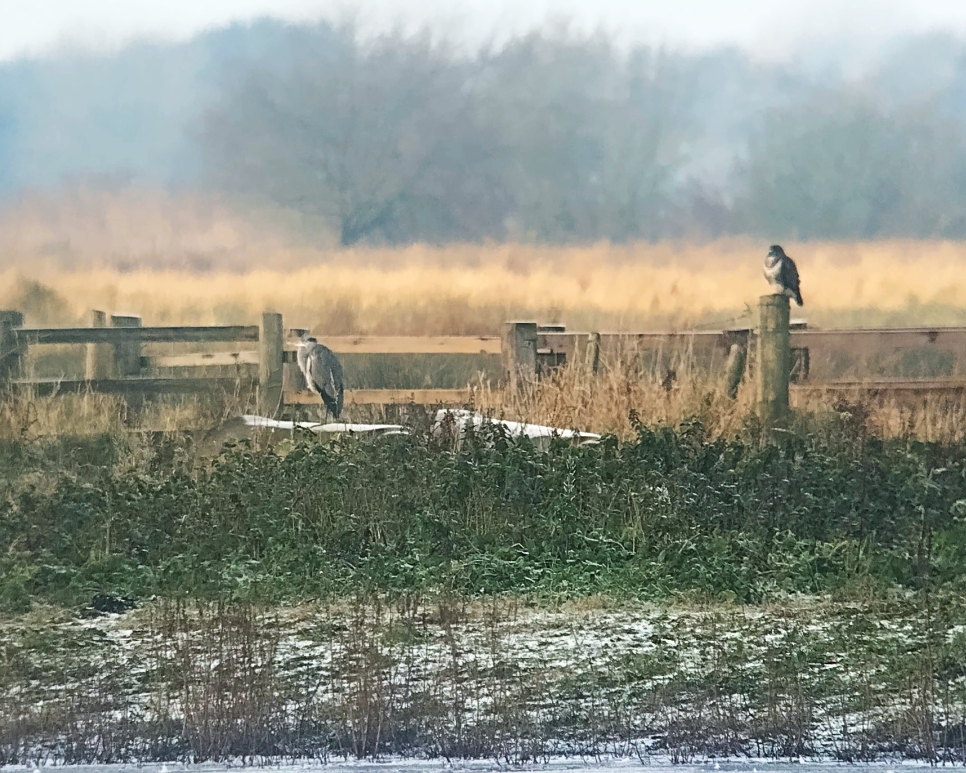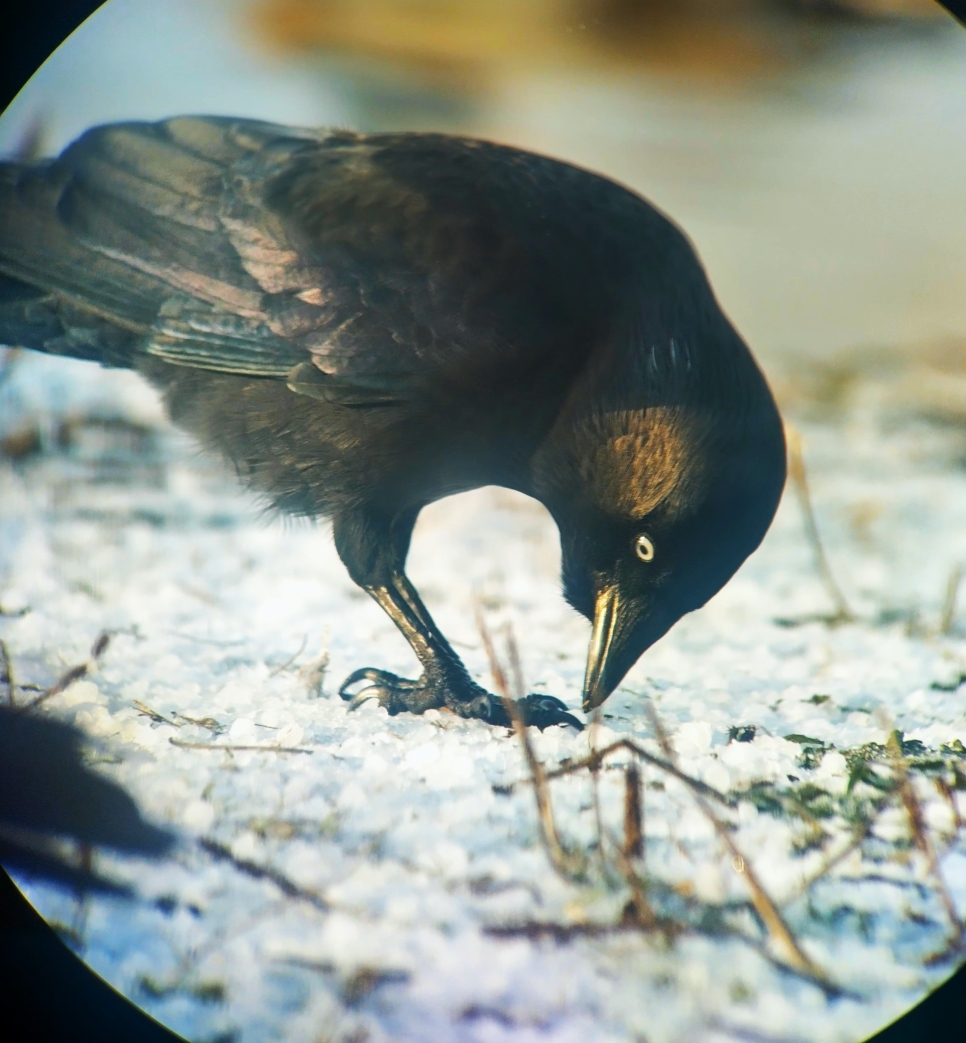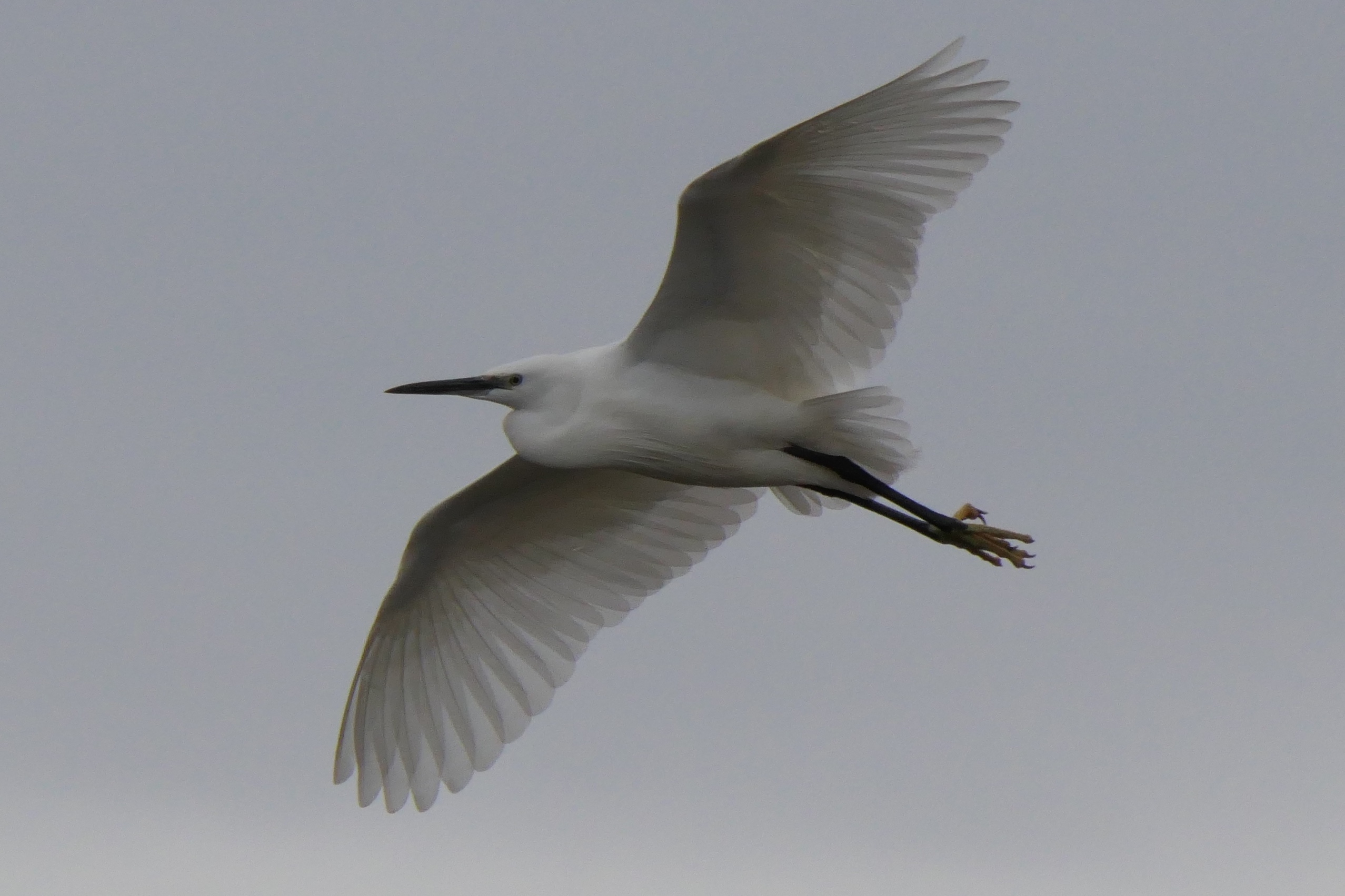We are back!
We are back with a new look sightings page / wwt website that is now mobile friendly, apologies for the break whilst the technical people sorted out the change over.

A full count of wildfowl from the weekend with 804 Whooper Swan and 3200 Pink-footed Geese roosting. Locally the count of Whoopers exceeded 1400 with 10 Bewick's Swan still present on the Ribble.
Other wildfowl counts included 545 Greylag, 2 Canada, 787 Mallard, 560 Shelduck, 740 Wigeon, 1046 Teal, 185 Pintail, 39 Gadwall, 19 Shoveler, 36 Tufted Duck, 51 Pochard and 3 Goldeneye.
Still a regular 6 species of raptor with 6 Buzzard, 3+ Marsh Harrier, Peregrine, Merlin, 2 Kestrel and 2 Sparrowhawk. Three Tawny Owl on view (sometimes) and at least 2 Barn Owl.
A great count of 1940 Lapwing, always a spectacular sight as they take to the air to avoid raptors. Other waders included 64 Ruff, 11 Black-tailed Godwit, 2 Redshank, 2 Oystercatcher and a few Snipe. We are only a few weeks away from the return of the first Avocet.
A Bittern was seen in flight on the Reed Bed Walk on Friday. Last year a bird was present and 'booming' from mid February into June. A few Little Egret are floating around and at least 4 Grey Heron. The Reed Bed Walk is also the best spot to see Cetti's Warbler or at least here one(!) and Water Rail are active in the area. Kingfisher can occasionally be seen inside the grounds or from the Harrier Hide.

At least one Mediterranean Gull moulting into adult plumage (above) was present with 1000+ Black-headed Gull at the weekend. Last year we had a peak count of 10 into May. One or two Great Black-backed Gull are usually present and a few Lesser Black-backed, Herring and Common Gull can be picked up.
Some good views of Stock Dove (below) can be had around the Mere and occasionally a 100+ flock is present on the outer edges of the reserve. A couple of Collared Dove are near the Raines Observatory if you are 'day listing'.

Pied Wagtails can be regularly seen around the Mere and Grey Wagtail inside the grounds particularly earlier in the day. At least one Fieldfare regularly around the over flow car park. A pair of Mistle Thrush (below) active in the same area. Song Thrush and Blackbird throughout the site.

Check the feeding stations for Blue, Great and Coal Tit. Tree Sparrow are most reliable from the Kingfisher Hide. A female Brambling was present at the Janet Kear Hide on Friday. Expect to see Reed Bunting, Chaffinch, Greenfinch and Goldfinch. Great Spotted Woodpecker are present as well as Long-tailed Tits, Goldcrest and Treecreeper. Check around the Crane Enclosure for the possibility of Siskin and Redpoll.
If you take the outer track (ask at in focus for directions) beyond the Sewage Works you have a good chance of seeing Corn Bunting. The Sewage Works area is good for over wintering Chiffchaff and Bullfinches also like this area. A flock of 70 Linnet were seen out on the reserve and a few Stonechat, Skylark and Meadow Pipit are present.

It should be possible to see over 60 species in a full days bird watching at Martin Mere. If you would like to know the best spots, up to date info or to report any sightings then please call in at the in focus shop next to the Discovery Hide.


